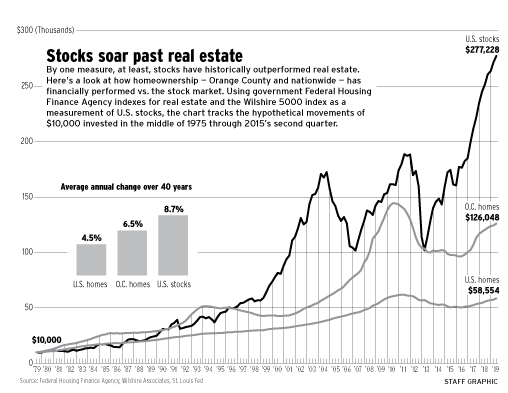Leveraging Your Way to Success! Learn A Powerful Concept of The Rich & Successful
Leverage is a financial metric that determines how much capital a company has in the form of debt, or whether a company can pay off debt. Leverage is when your business uses debt to buy assets that are expected to increase in value or generate additional income. Leverage, also known as leverage or stock trading, is the use of debt to obtain additional assets. Companies use leverage to finance their businesses: Instead of issuing stock to raise capital, companies can use debt to invest in business operations to increase shareholder value.
Companies may want to purchase real estate and equipment to increase shareholder value, but individual investors may use leverage to increase their return on investment. They can invest in companies that use borrowed funds in the normal course of their business to finance or expand their operations without increasing their costs. Households can use leverage (in the form of mortgages) to buy homes, while businesses and investors use leverage to increase purchasing power to purchase assets and increase returns on invested capital.
The concept of leverage is mainly used to increase the return on equity of a company, especially when the company is unable to improve its operating efficiency and overall return on investment. For example, leverage can be used to recommend restrictions on business expansion if the expected return on additional investment is less than the cost of debt. Leverage can also be called “stock trading” because when you use leveraged funds to buy profitable assets, the value of a company’s common stock increases. Leverage can also refer to the amount of debt a firm uses to fund assets.
While entrepreneurs may use various financial ratios, including the popular debt-to-equity ratio, which measures the amount of assets financed by debt or equity; the debt-to-equity ratio, or leverage ratio, is often used to compare a company’s debt to its balance sheet. rights and interests. Return on assets is used to assess a company’s leverage by showing the company’s debt to equity share. Leverage can be used to analyze a company’s capital structure and its reliance on financial debt financing versus equity financing. Analysts and lenders can use various leverage ratios to determine a company’s financial health and strength.
Whether you’re looking to get funding or just want to get a better idea of how your business can operate, it’s important that you understand your leverage ratios. Here, we’ll take a closer look at the concept, look at some of the ratios that fall under the broader concept of “leverage ratio”.
To make it immediately clear that there is something wrong with the typical description of operating leverage, Tables 1 and 2 use a very simple example. The image shown in the calculation below does not represent all aspects of leverage. Let’s try to understand the effect of leverage on the following example. Operating leverage is the name given to the effect on operating income of a change in the level of output.
The purpose of introducing financial leverage into capital is to maximize the wealth of the shareholder. Using leverage to manage a large number of assets (by borrowing money) will result in higher returns on the owners’ cash investments. However, if the leverage results in a higher return on investment than the interest rate the company pays on the loan, the level of leverage decreases as the value of the asset increases.
Since you need to pay principal and interest on any loan, large debt directly affects current and future cash flow levels. While leverage offers some benefits depending on the industry and purpose of the individual or company using this type of debt financing, there are also downsides to using it. Simply put, leverage measures how reliant a company is on the debt it issues and how well the company uses debt as part of its financing and leverage strategy.
Debt to equity ratio. CFI Finance’s financial articles help business management, creditors, shareholders and other stakeholders understand the level of risk in a company’s capital structure. Capital structure Capital structure refers to the amount of debt and/or equity used by a company to fund its operations and fund its assets. While debt-to-equity ratio is the most commonly used leverage ratio, the three ratios above are also commonly used in corporate finance Corporate Finance Overview Corporate finance deals with a company’s capital structure, including its financing and actions taken by management. increase the value for measuring the company’s leverage. They show how much of an organization’s capital comes from debt, which is a strong indication that a company can meet the company’s financial obligations.
Leverage refers to taking on debt, while margin refers to debt or borrowed money that a company uses to invest in other financial instruments. Key Points Leverage refers to the use of debt (borrowed funds) to increase the return on an investment or project. Leverage is the use of borrowed money (debt) to finance the purchase of assets. Asset types. Common types of assets include current, non-current, physical, intangible, operating, and non-current assets. In a firm, debt (short-term or long-term) is acquired not only because of the need for capital, but also to increase the profit received by shareholders.
The leverage ratio helps determine the impact of debt on a company’s overall profitability: a high ratio means that the fixed costs of doing business are high, and a lower ratio means lower fixed costs of investing in the business. First, the degree of leverage is an important component in evaluating the risk and reward characteristics of a company. When deciding on the optimal level of leverage, it is necessary to determine an acceptable ratio of risk and reward.
Helpful Links:
Homepage
About
Contact
Personal Development Partner




